How China’s self-driving cars could redefine Europe’s tech rules
China’s carmakers are outpacing the West not just with cheaper EVs but with smarter strategies — adapting fast, partnering deep, and shaping the logic that will govern Europe’s autonomous future. Technopreneur Akhmad Hanan notes that Europe welcomes the tech, but fears the dependence.
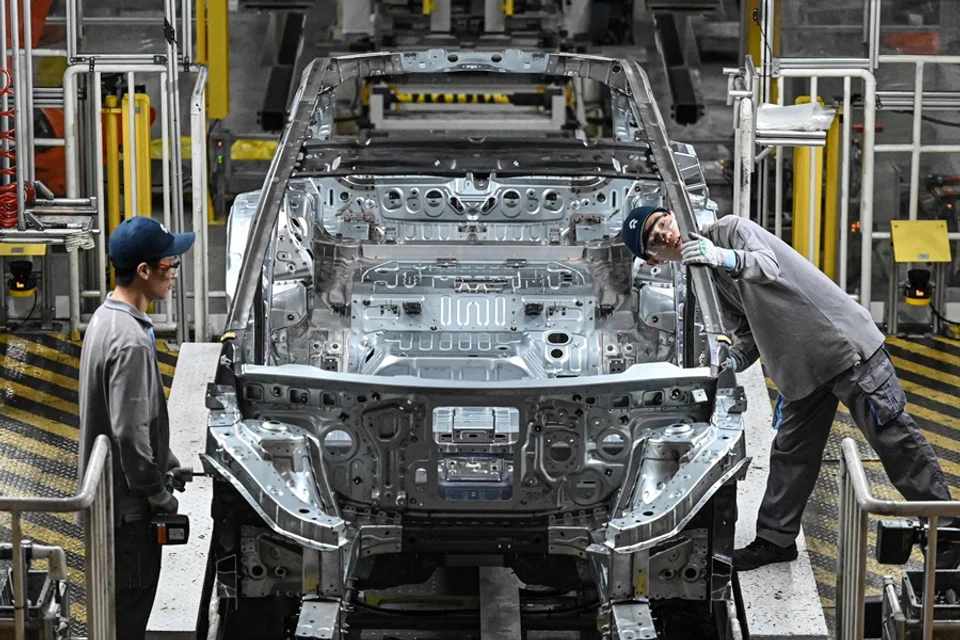
As global competition in autonomous driving intensifies, Europe has emerged as the latest frontier for China’s rapidly advancing self-driving technology. Startups such as Pony.ai, WeRide, AutoX, DeepRoute.ai, Momenta, and Baidu’s Apollo Go are expanding their trials and partnerships across European cities, from Berlin and Munich to Paris and London, transforming Europe into the next theatre of technological rivalry.
What began as a domestic race to outpace US giants like Waymo and Cruise has evolved into a transcontinental contest for market influence, data sovereignty, and geopolitical leverage.
Plugging into Europe’s mobility network
China’s decision to pivot toward Europe reflects both opportunity and necessity. Following years of US restrictions on Chinese AI and data-driven technologies, Europe offers an alternative arena where regulations are more fragmented yet innovation-friendly. The European Commission’s mobility strategy calls for large-scale autonomous integration by 2030, while cities such as Hamburg, Gothenburg, and Paris have established dedicated smart-driving corridors. For Beijing, Europe’s openness presents a chance to project soft power through technological interdependence, a subtler form of influence compared to infrastructure projects under the Belt and Road Initiative.
Beyond economics, this expansion carries strategic weight. Europe’s automotive ecosystem, home to Mercedes-Benz, BMW, Volkswagen, Renault, and Stellantis, offers China not just technical collaboration but also legitimacy in shaping future mobility standards. Establishing Chinese AV systems in the heart of Europe enables Beijing to influence global norms in data handling, safety protocols, and AI ethics, fields increasingly tied to digital sovereignty and geopolitical competition.
These partnerships highlight how Chinese companies are embedding themselves within Europe’s established mobility ecosystem, leveraging both industrial know-how and market access.
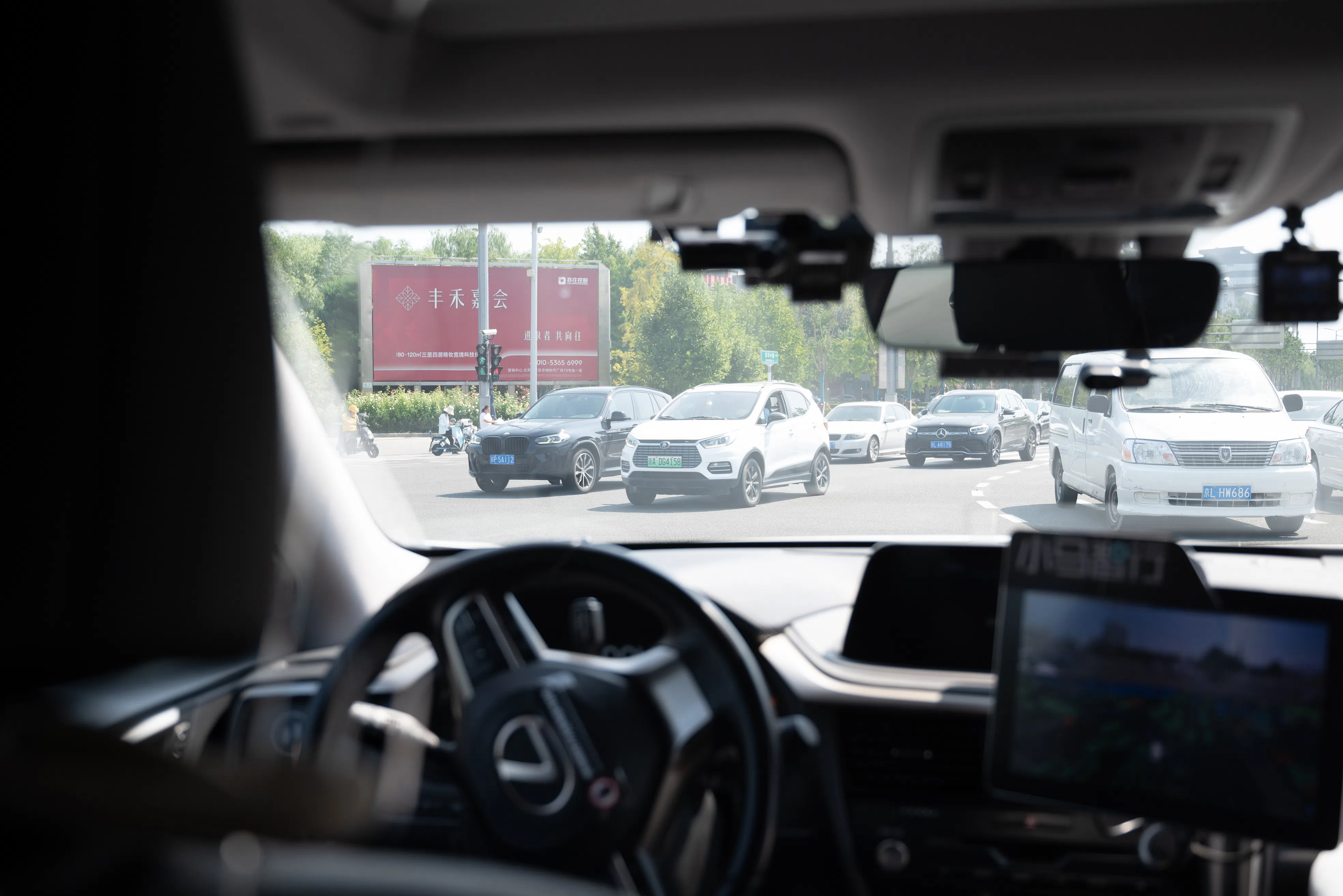
WeRide has partnered with Bosch to develop a “one-stage” Advanced Driver Assistance System (ADAS) that integrates perception and decision-making into a single process. Meanwhile, Baidu has teamed up with Lyft to roll out its Apollo Go autonomous vehicles in Europe, starting in Germany and the UK by 2026, with Lyft operating the platform and Baidu providing vehicles and core technology.
These partnerships highlight how Chinese companies are embedding themselves within Europe’s established mobility ecosystem, leveraging both industrial know-how and market access. By aligning with leading European and American players, Beijing’s tech champions not only gain legitimacy but also influence over the standards that will shape the future of autonomous mobility.
Tesla’s rival, China’s edge
These moves underscore how China’s self-driving sector has matured into a global competitor. While investment figures vary, Chinese AV companies have significantly expanded their presence in Europe over the past two years.
Pony.ai is establishing its European hub and headquarters in Luxembourg, serving as the base for research, development, and testing of autonomous mobility technologies, and working with partners like Emile Weber to advance deployment in the region. This expansion strategy mirrors how Chinese EV brands such as BYD and NIO used Europe as a gateway to the global market.
In contrast, U.S. automaker Tesla, once the undisputed symbol of Western innovation, now faces mounting pressure across Europe. Data from the European Automobile Manufacturers Association (ACEA) shows that Tesla’s new car registrations in Europe plunged 40% year-on-year in July 2025, marking its seventh consecutive monthly decline, even as overall battery-electric sales continued to rise.
Meanwhile, Chinese rival BYD surged 225% with 13,503 new vehicles registered, surpassing Tesla’s 8,837 units during the same period. Chinese brands overall now command a record 5% share of the European EV market, underscoring their accelerating momentum.
Tesla’s challenges, from high costs, ageing models, and slower adaptation to Europe’s evolving regulations, have eroded its competitive edge, while Chinese automakers like BYD, NIO, and XPeng are rapidly expanding with affordable, modular EVs localised for European standards.
Initiatives like the “EU Chips Act” and the “AI Act” aim to safeguard technological sovereignty while keeping markets open. Yet, Chinese firms are learning to adapt.
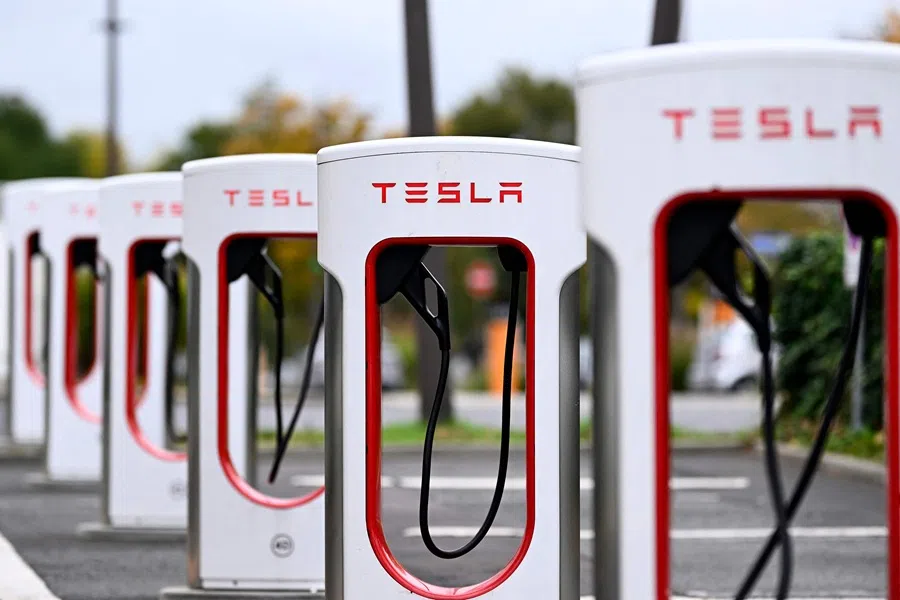
This divergence highlights a broader strategic gap: Tesla represents a vertically integrated model centred on proprietary control, whereas Chinese firms promote adaptive ecosystems built on interoperability and collaboration with European suppliers. The result is a quiet inversion of global tech power, where China no longer imitates but competes on governance, adaptability, and standard-setting, reshaping how technological influence is projected across borders.
The price of partnership
Still, Europe’s enthusiasm comes with apprehension. Policymakers in Brussels and national capitals are split between economic optimism and national-security caution.
The European Data Protection Board has warned that autonomous vehicles with high-resolution sensors could “inadvertently capture identifiable information,” raising questions over data sovereignty. The debate recalls the 5G era, when Europe faced pressure to balance security concerns about Huawei against the need for affordable technology. The arrival of Chinese AV firms now revives the same dilemma, only this time with algorithms steering cars instead of networks.
Europe’s own industrial strategy is being reshaped by this geopolitical reality. Initiatives like the “EU Chips Act” and the “AI Act” aim to safeguard technological sovereignty while keeping markets open. Yet, Chinese firms are learning to adapt.
WeRide has opened a compliance office in Frankfurt and pledged to store all European user data locally. Baidu’s Apollo Go is developing an EU-specific version of its software aligned with European AI transparency rules. Such steps show China’s pragmatic effort to localise influence rather than impose it, a hallmark of Beijing’s new “tech diplomacy.”
China’s advances are also part of a broader geopolitical narrative: a shift from manufacturing dominance to technological norm-setting.
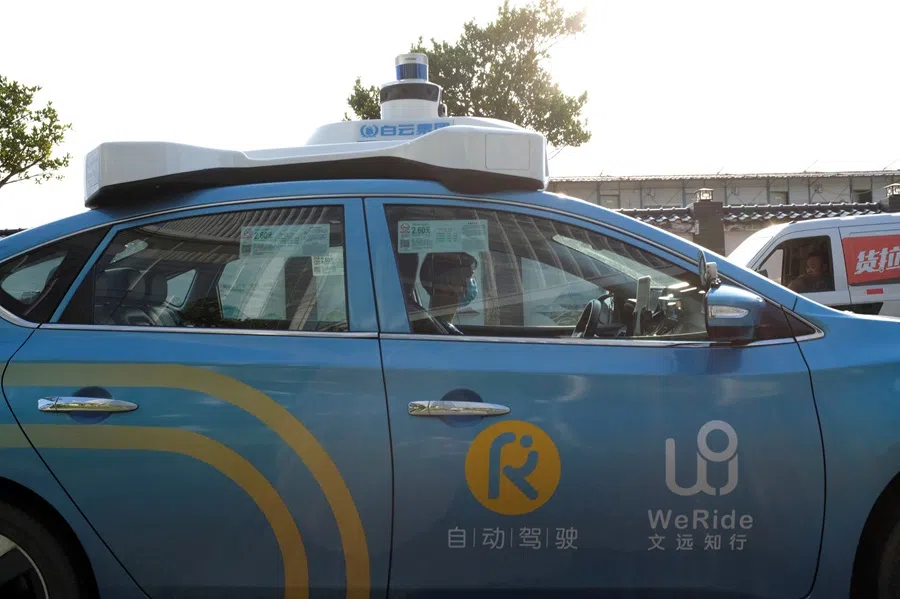
For European automakers, the Chinese entry offers both opportunity and vulnerability. Collaborating with Chinese AV companies accelerates access to mature automation ecosystems refined in cities like Guangzhou and Shenzhen. However, it also risks deepening dependency on Chinese AI architecture, echoing concerns in the electric-vehicle battery sector. Uber and China’s Momenta plan to begin Level-4 autonomous testing in Munich in 2026, while Baidu is partnering with Lyft to launch robotaxi services in Germany and the UK.
From manufacturing dominance to technological norm-setting
China’s advances are also part of a broader geopolitical narrative: a shift from manufacturing dominance to technological norm-setting. As Washington doubles down on export controls and AI chip bans, Beijing is expanding its influence through civilian technologies that blur commercial and strategic boundaries.
By embedding its firms into European innovation clusters, China is exporting more than vehicles; it is exporting governance models and data architectures. This is a form of “driving diplomacy”, where global influence is built not through ideology, but through the standards that power future economies. In this sense, Europe has become a proxy battleground between US and Chinese visions of AI governance, where norms on algorithmic transparency and data ethics reflect broader ideological divides.
Increasingly, this strategy extends beyond products to processes. Beijing is exporting its governance philosophy through digital ecosystems, how data is collected, stored, and processed under tightly integrated but efficiency-driven systems. The same approach seen in its domestic “smart city” frameworks and EV platforms is now embedded in Europe’s digital infrastructure through joint ventures and technical standards.
By shaping the underlying logic of mobility, the code, not just the car, China builds influence in a technocratic, non-ideological way. Its model of “regulated interdependence” offers predictability and scale, contrasting with the fragmented regulatory frameworks of Western democracies.
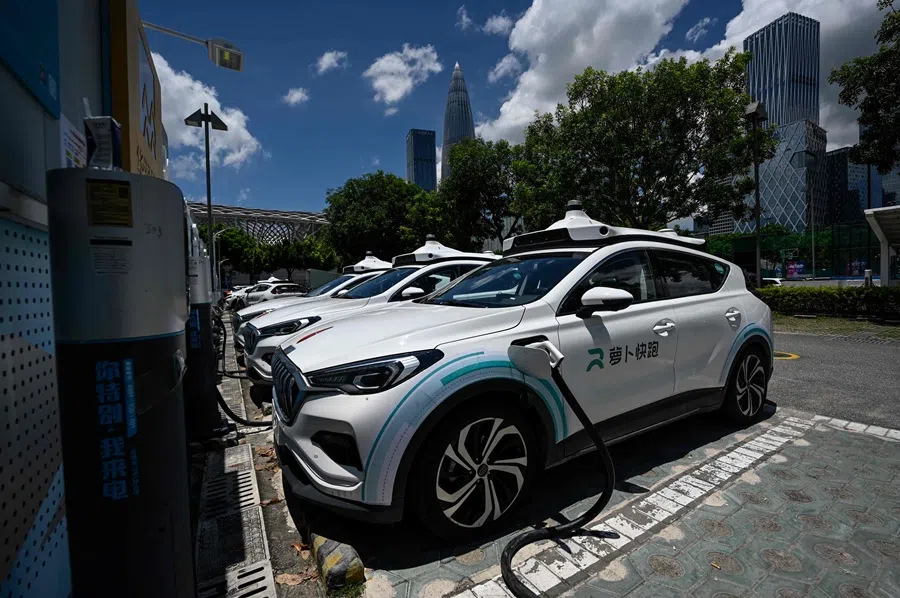
Europe’s acceptance of these trials stems from both economic need and political pragmatism. Facing stagnant automotive demand and tighter emission rules, European cities see automation as a way to revitalise industries and reduce carbon footprints. Chinese systems, already validated in dense Asian megacities, provide ready-made solutions with competitive costs.
Many forces at work
Yet European strategists fear data dependence: autonomous vehicles generate critical spatial data, and Chinese control could make Europe reliant on foreign algorithms to run its transport networks.
To mitigate this, the European Commission has begun discussing stricter cross-border data protocols for AVs and exploring joint standards with Japan, South Korea, and the United States. Such measures could limit Chinese firms’ access to real-time mobility data, the lifeblood of autonomous systems, forcing them to localise AI training and potentially eroding Beijing’s leverage in setting global data norms.
Meanwhile, Chinese automakers such as Leapmotor and SAIC are deepening their European R&D footprint. Leapmotor is preparing smart-driving rollouts by 2026, while SAIC’s IM Motors has begun Level-2+ autonomous road testing across France and the Netherlands. The European Union welcomes such collaboration but remains cautious about potential strategic dependencies, especially as competition over AI governance intensifies between China, the US, and the EU.
How Europe responds to China’s growing role in autonomous mobility will not only influence who builds the cars of tomorrow, but also who writes the algorithms — and ultimately, the rules — that govern them.
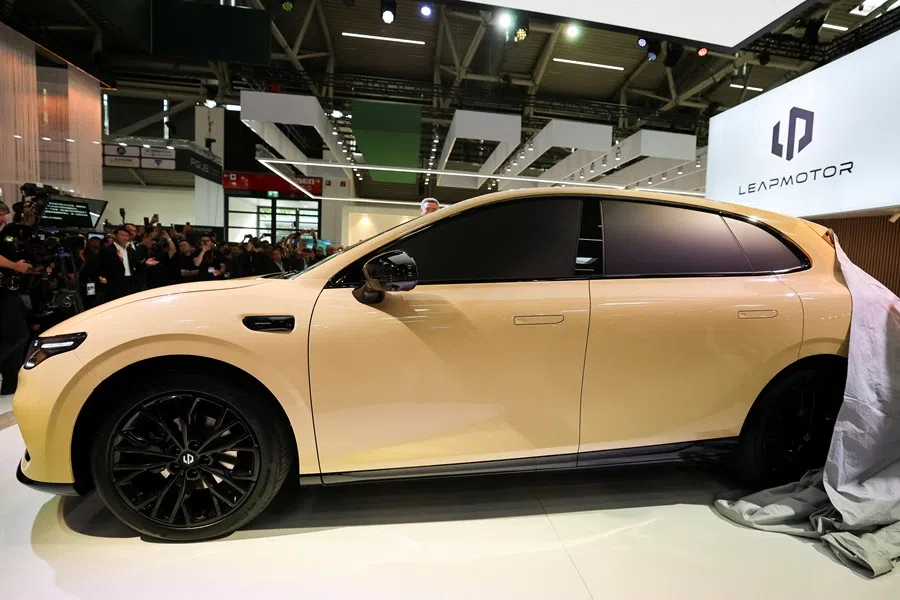
As the world edges closer to a driverless future, Europe has become the stage for a new kind of geopolitical contest, not fought with tariffs or warships, but with algorithms, sensors, and regulatory codes. The continent’s roads are now testing grounds for competing visions of governance, innovation, and digital sovereignty.
Europe’s ability to draw on China’s technological dynamism while preserving its own strategic autonomy could prove decisive — shaping the trajectory of global power and the future of mobility in the twenty-first century. How Europe responds to China’s growing role in autonomous mobility will not only influence who builds the cars of tomorrow, but also who writes the algorithms — and ultimately, the rules — that govern them.



![[Big read] China’s 10 trillion RMB debt clean-up falls short](https://cassette.sphdigital.com.sg/image/thinkchina/d08cfc72b13782693c25f2fcbf886fa7673723efca260881e7086211b082e66c)
![[Big read] Love is hard to find for millions of rural Chinese men](https://cassette.sphdigital.com.sg/image/thinkchina/16fb62fbcf055b710e38d7679f82264ad682ce8b45542008afeb14d369a94399)
